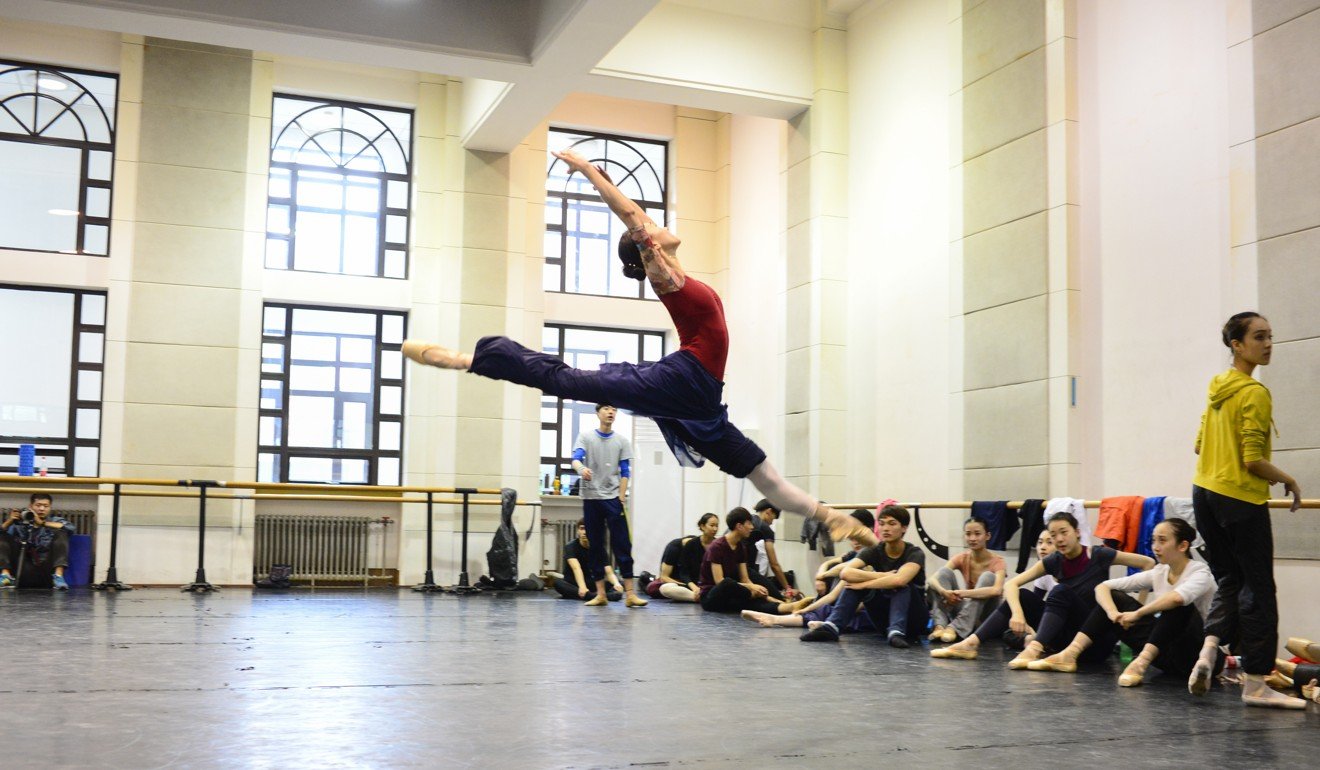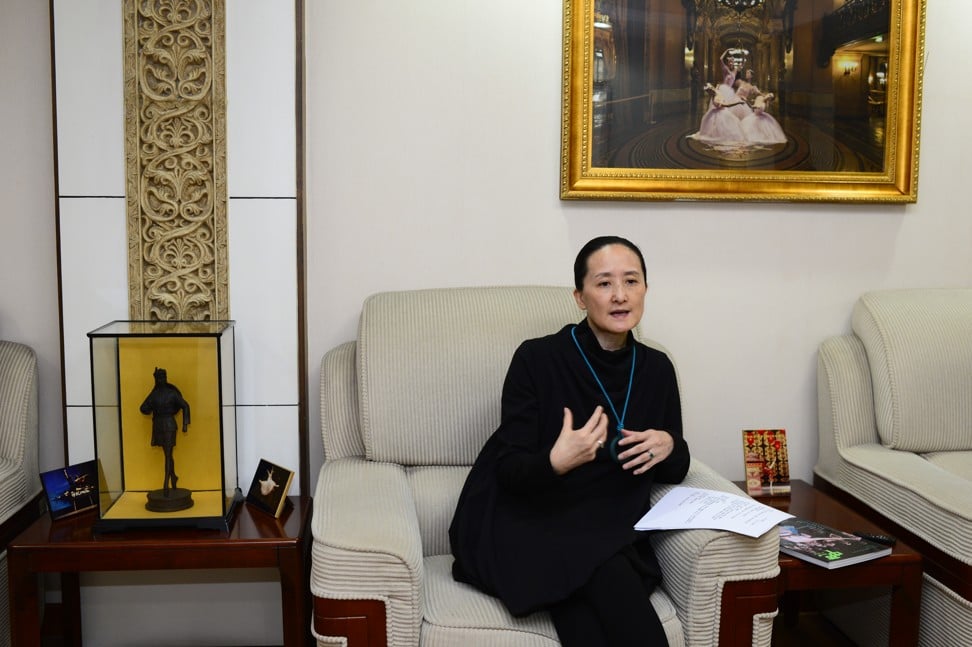
National Ballet of China shows for Hong Kong handover anniversary celebrations range from the romantic to red classics
Troupe’s boss explains how performances will highlight different styles and abilities, with renditions of Giselle, La Bayadère and The Red Detachment of Women among the highlights
The National Ballet of China is bringing one of its signature pieces, Giselle, as well as a curious mixed bill that includes a Chinese reinterpretation of The Nutcracker to Hong Kong in June as part of the 20th anniversary celebrations of the handover.
“What we are going to put on show will be a crystallisation of our work over the past 60 years, and a love letter to the Hong Kong audience on this special occasion,” says Feng Ying, the troupe’s director and artistic director.
During its week-long stay, the internationally renowned ballet company will present the two-act romantic classic Giselle on June 3 and 4 at the Hong Kong Cultural Centre, followed by two different gala programmes to be staged at Sha Tin Town Hall and Tuen Mun Town Hall on June 6 and 8, respectively.
“There will be no repetition,” stresses Feng, who handpicked the programmes with local dance veteran Pearl Chan Po-chu and the Leisure and Cultural Services Department. “Each show has [its] own unique attractions. If possible I wish [people] could buy three tickets to see all of them.”
Giselle is a flagship production from the National Ballet of China’s repertoire. The company first performed it with a strong Soviet-Russian influence soon after its founding in 1959. Later performances were closer to Peter Wright’s version for the Royal Ballet (created in 1985), while its latest interpretation has a Chinese flavour.
“The Giselle we are going to put on in Hong Kong represents the subtle, delicate, floating and soft style that is the unique characteristic of Chinese dancers,” says Feng, who danced the title role in the 1980s.
Prima ballerina Wang Qimin and principal dancer Cao Shuci will take turns in dancing as Giselle in the upcoming performances.

The Sha Tin gala performance aims to show off the company’s technical skills and range. Highlights include excerpts from La Bayadère (former star ballerina Natalia Makarova directed the troupe’s 2016 production of the work) and from the Chinese version of The Nutcracker, also known as The Chinese New Year. The company’s original take on the Tchaikovsky masterpiece is a showcase of Chinese folklore and traditional customs, featuring the 12 animals of the Chinese zodiac and the evil new year monster Nian, and showing how Chinese families celebrate the new year.
The National Ballet of China has, over the years, created a number of original ballet productions that present the country as both traditional and modern. As a result, its repertoire includes works such as The Red Detachment of Women, Yellow River and Raise the Red Lantern; excerpts from these works will be performed during the Tuen Mun gala programme.
Outside of China, The Red Detachment of Women – a “model” ballet performed during the Cultural Revolution (1966-1976) to promote communist propaganda – is probably the company’s best-known original work as it was performed during US president Richard Nixon’s visit to China in 1972. Feng says she has never worried about the acceptance of such a “red classic”, which is about communist guerilla fighters.

Other than staging public performances, the company plans to play a bigger role in art education in the future by launching its own junior academy to cultivate talent. “Generally, the momentum of ballet in China is good,” Feng says.

“We would like to learn from our Hong Kong colleagues, in particular, their excellent job in public engagement and participation,” says Feng.
She modestly ranks the National Ballet of China as “number six or seven” among the world’s top ballet companies today, but is confident her corps de ballet has little competition.
“The world’s top ballet companies are envious of our corps. There is no easy trick or shortcut,” she says. “Our dancers achieve the best simply though constant hard work to polish and refine their skills and synchronisation.”
Giselle, June 3, 7.30pm; June 4, 3.00pm, Hong Kong Cultural Centre, 10 Salisbury Rd, Tsim Sha Tsui, HK$180-HK$680 Urbtix. Inquiries: 2268 7323
Ballet Gala, June 6, 8.00pm, Sha Tin Town Hall, 1 Yuen Wo Rd, Sha Tin, HK$160-HK$420 Urbtix; June 8, 3.00pm, Tuen Mun Town Hall, 3 Tuen Hi Rd, Tuen Mun, HK$120-HK$240 Urbtix. Inquiries: 2268 7323

